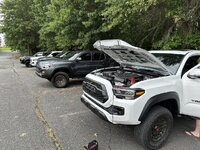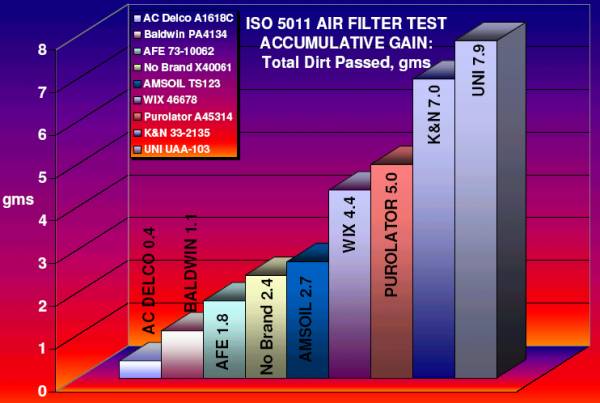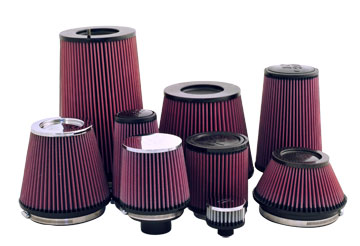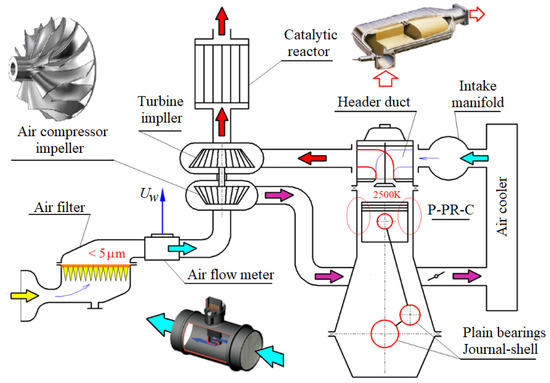Had an unknown to me, tuned 2021 Tiguan traded in, went to VW dealer post sale for owner update in case of warranty work. Dealer flagged it as tuned, and voided all remaining powertrain warranty across their systems. We reimbursed the customer their full purchase price. We took a loss on auctioning that one with disclosure on voided warranty.I'll leave it at I hope you don't have any problems requiring it going back to the dealer.
You take your chances when tuning vehicles in warranty.
Not worth it imo, but hey, do what you will with your vehicles.





